Weekly Recap: Daydream headsets, Android emojis, 3D printed boat, new Surface Pro, etc.
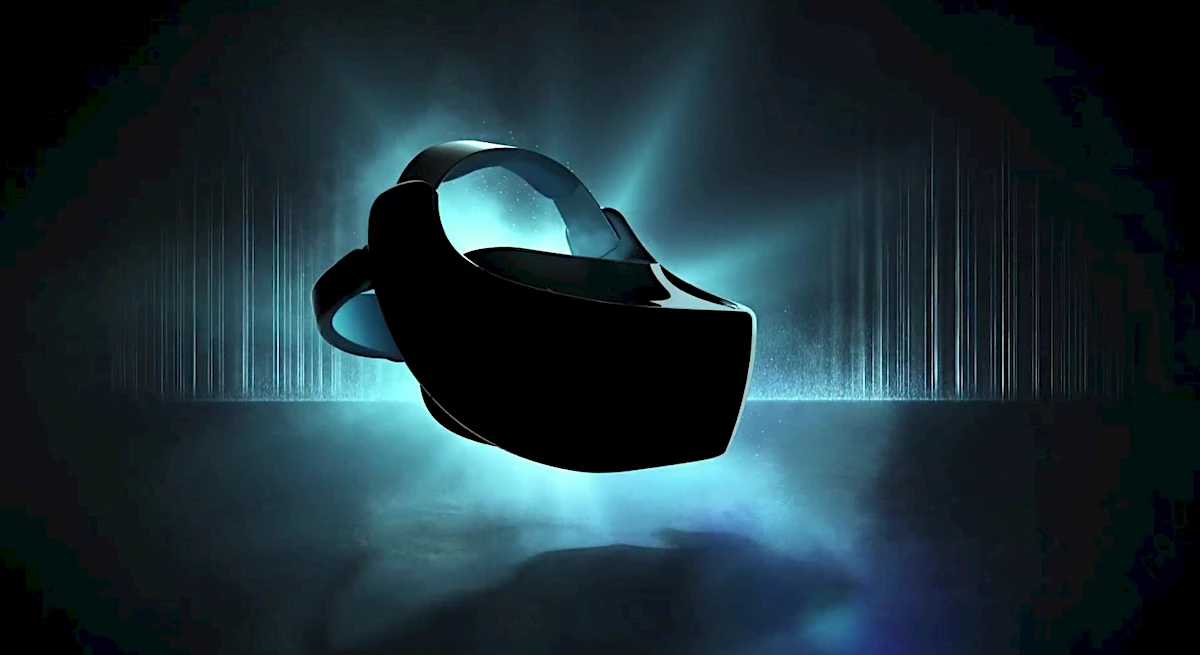
Standalone Daydream headsets
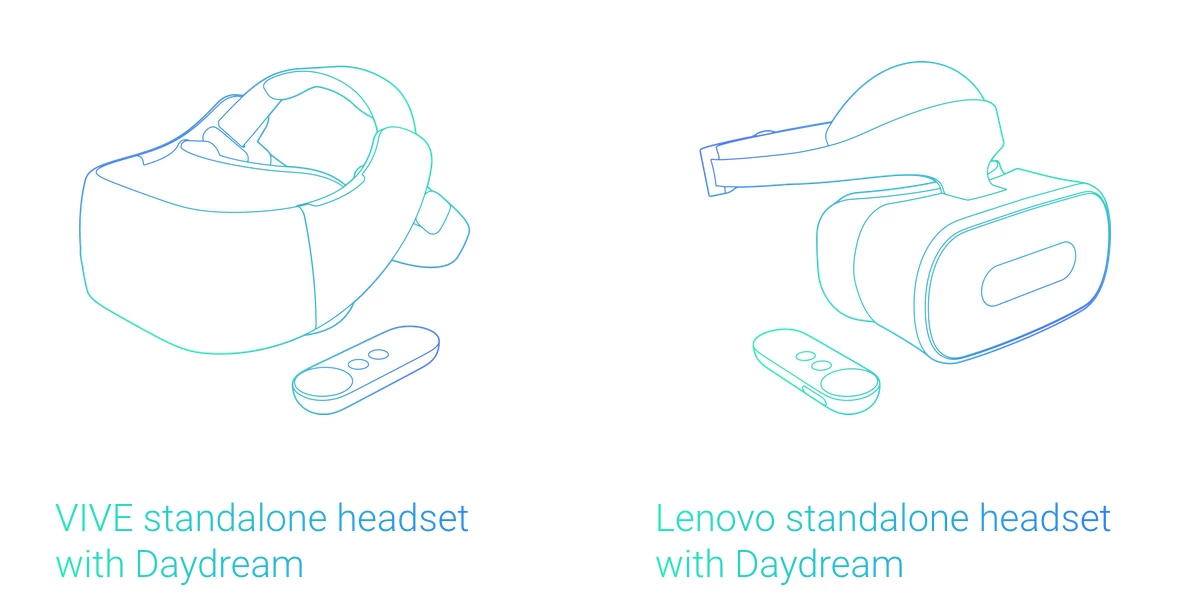
Standalone headsets with Daydream. © Google.
At its I/O conference, Google unveiled a “reference design” for virtual reality headsets compatible with its Daydream platform, which is already being used with smartphones. The headset is truly standalone, just like the Oculus Rift and the HTC Vive: no phone, no PC, no cables. The headset will operate with Qualcomm’s Snapdragon 835 processor and a handful of Tango sensors for spatial recognition (WorldSense tracking system). Two versions of the headset should be offered by HTC and Lenovo by the end of the year. Their price is not known.
⇨ Ars Technica, “Google announces untethered, fully tracked, standalone VR headsets.”
⇨ Daydream, “Standalone VR headsets.”
Real emojis for Android
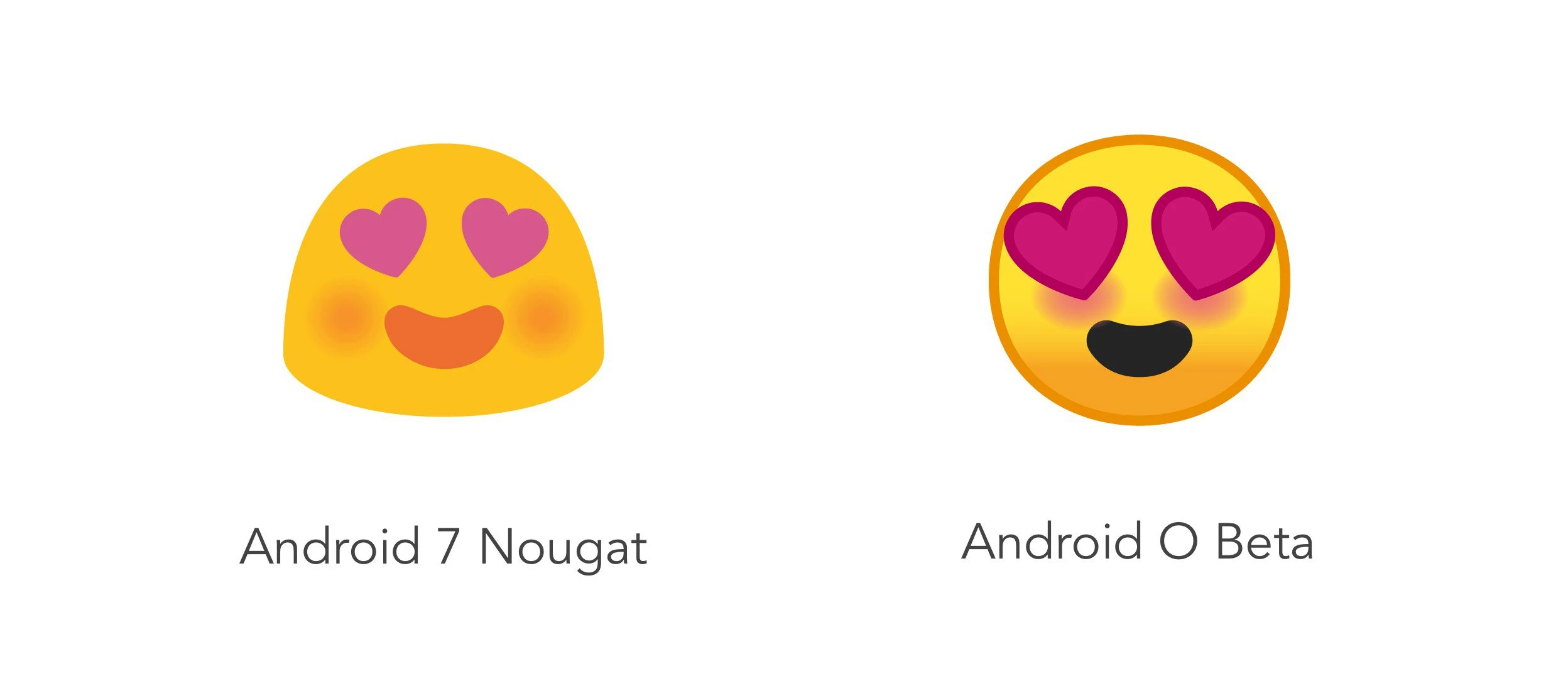
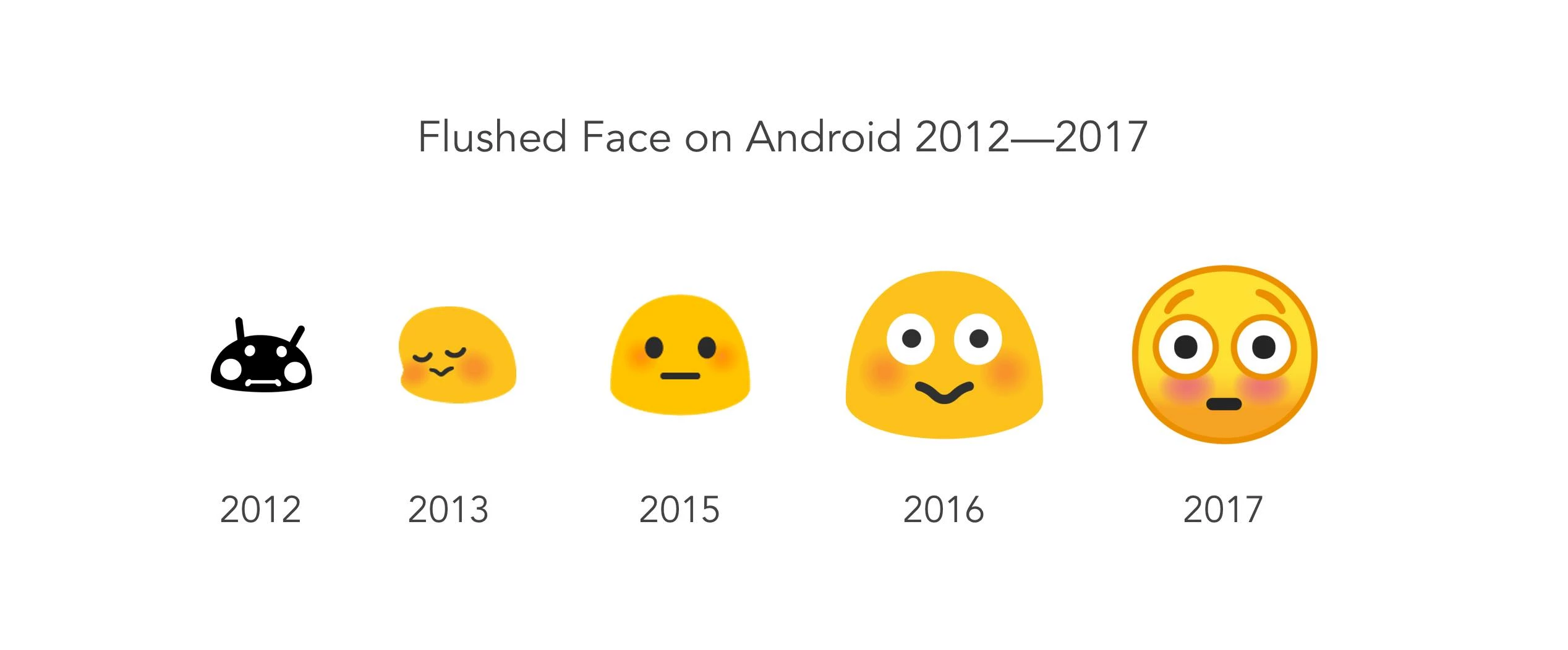
Android O (Oreo?)’s new beta version (available in Developer Preview since Wednesday) features several new developments, including, at long last, real emojis! Sayonara yellow blobs! Existing emojis have been redesigned and new ones (Unicode Emoji 5.0) added, like your new go-to exploding head, broccoli and face with monocle. Google also announced a new feature allowing users to download new Emoji fonts to access the latest emojis on older Android versions. No need to buy a new phone to know what your friends are saying!
⇨ Engadget, “Android O has emoji you'll actually recognize.”
⇨ Emojipedia, “RIP Blobs: Google Redesigns Emojis.”
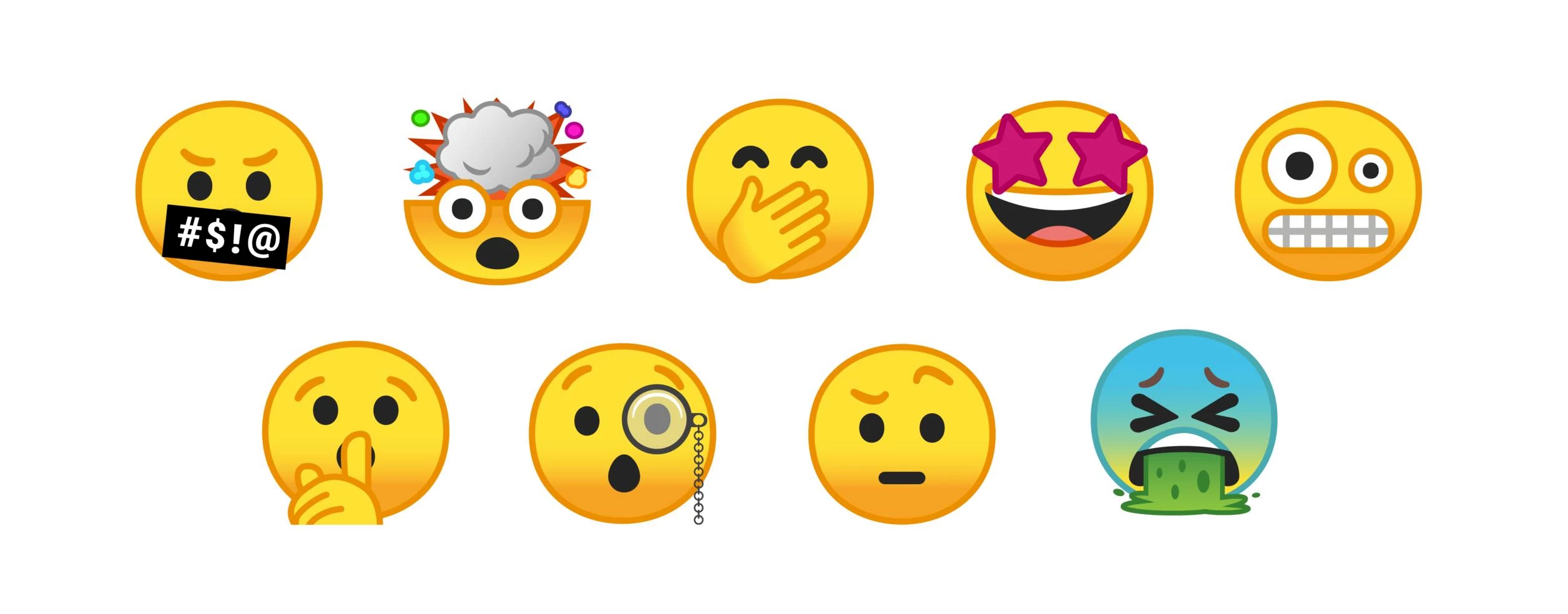
3D printing and the sea
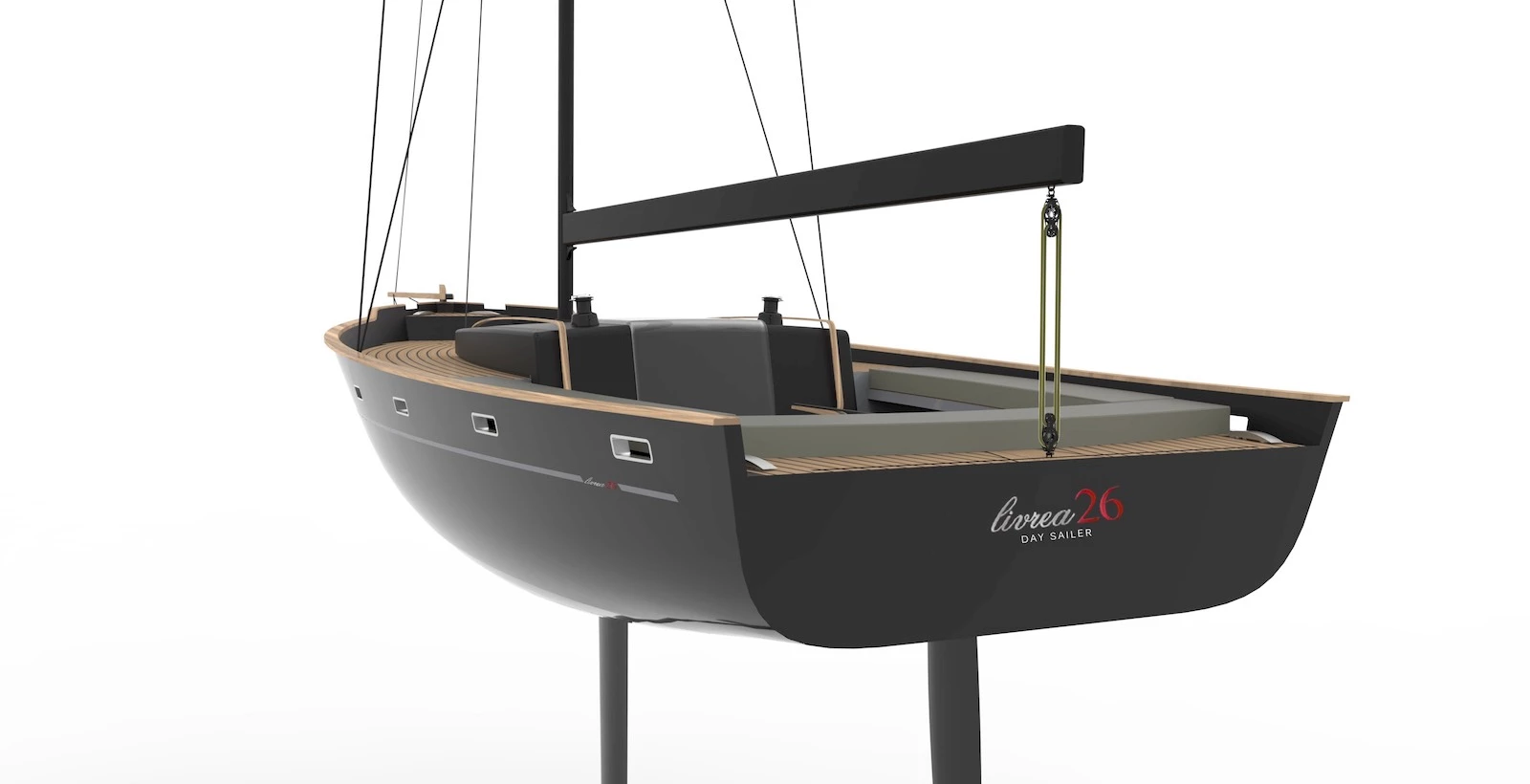
Livrea 26, la barca figlia del vento. © Livrea Yacht.
Additive printing is about to make a splash in the maritime sector. Damen Shipyards Group, RAMLAB, Promarin, Autodesk and class society Bureau Veritas have entered into a consortium to develop the world’s first class-approved 3D-printed ship propeller. The propeller will be based on a Promarin design typically found on port tugs. The propeller, 1.3m in diameter and weighing 180kg, will be made from a bronze alloy using the Wire Arc Additive Manufacturing process. The actual printing will be performed by RAMLAB in Rotterdam. This will be the first 3D-printed maritime component to be approved by Veritas, after testing. On the pleasure craft side, Autodesk has once again entered into a partnership, this time with Italian startup Livrea, to build the first 3D-printed yacht, more specifically a 26-foot cutter. The plan is to finish the yacht in time for the 2019 Mini Transat, a solo 4,000-nautical mile race from France to the Caribbean.
⇨ gCaptain, “Dutch Consortium to Develop Class Approved 3D Printed Ship Propeller.”
⇨ 3Dnatives, “Livrea veut créer le premier voilier entièrement imprimé en 3D.”
⇨ “In the Fold,” Autodesk news and opinions, “Sicilian boat builder Livrea harnesses robotic additive manufacturing to build world’s first 3d printed yacht.”
New Surface Pro
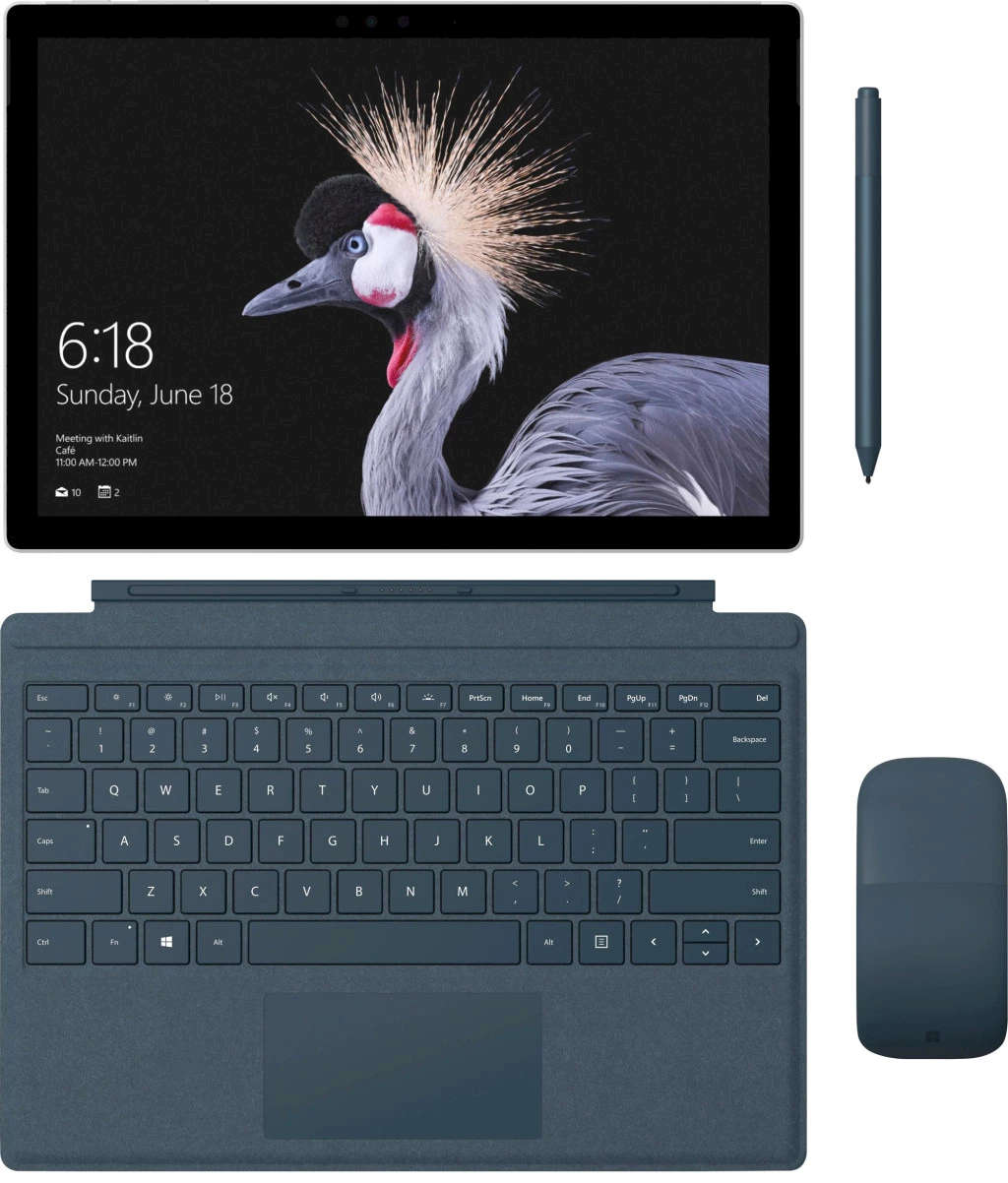
New Surface Pro. Via @evleaks.
Images of the next Surface Pro leaked out yesterday—and it seems Surface chief Panos Panay wasn’t lying when he said “there’s no such thing as the Surface Pro 5”: Microsoft’s next lappable tablet will simply be called Surface Pro without a descriptive numeral. The Surface Pro images leaked by @evleaks show a device that is slimmer and has slightly more rounded edges than the Surface Pro 4, but otherwise it seems mostly unchanged. Just like the new Surface Laptop, there’s still no USB-C connector. The new Surface Pro should be officially unveiled at a Microsoft event in Shanghai on May 23.
⇨ Ars Technica, “New Surface Pro: No USB-C port, minor design refresh revealed in leaked images.”
WannaCry recovery tool
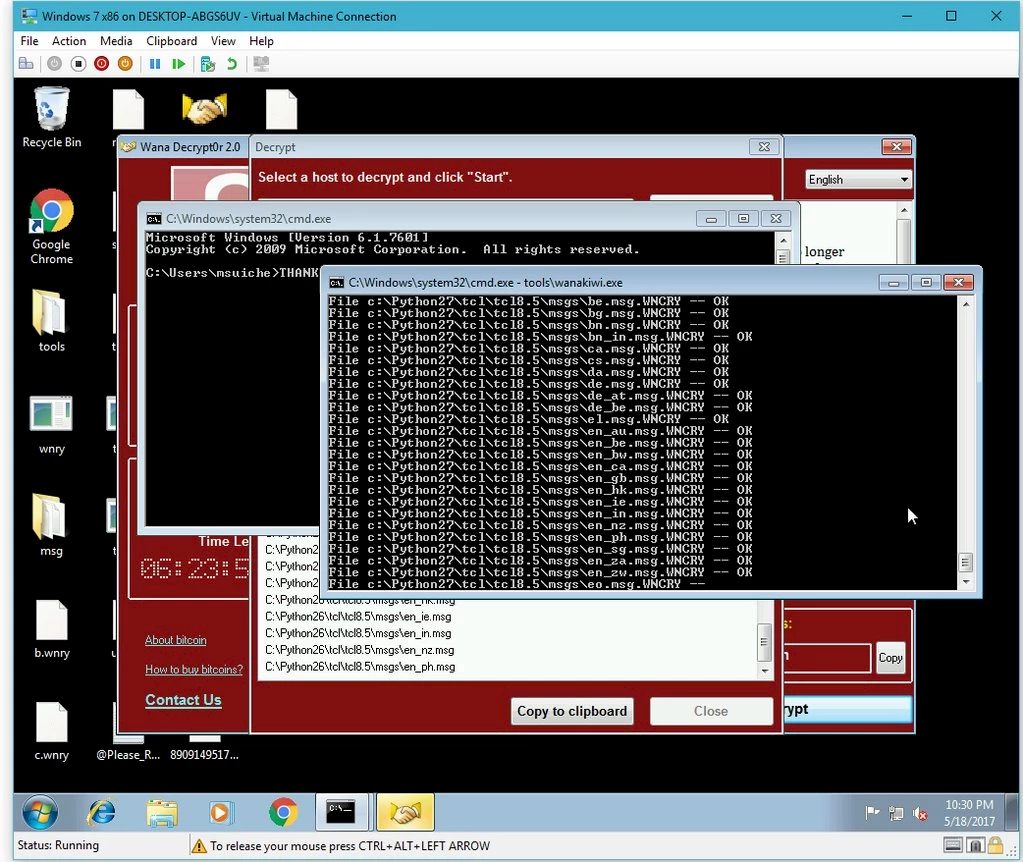
Wanakiwi. Via Ars Technica.
A new publicly available tool is able to decrypt infected PCs running Windows XP and 7, and 2003, and one of the researchers behind the decryptor said it likely works for other Windows versions, including Vista, Server 2008, and 2008 R2. The tool, known as wanakiwi, takes advantage of shortcomings in the Microsoft Cryptographic Application Programming Interface that WCry and other Windows applications use to generate keys for encrypting and decrypting files. The recovery won't work if an infected computer has been restarted.
⇨ Ars Technica, “More people infected by recent WCry worm can unlock PCs without paying ransom.”
